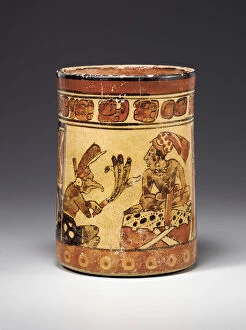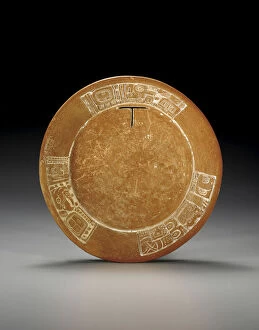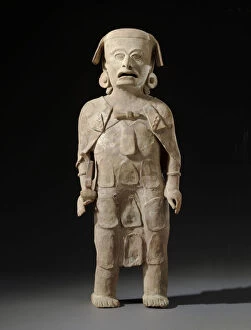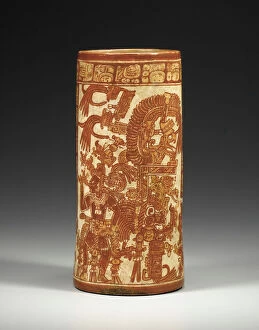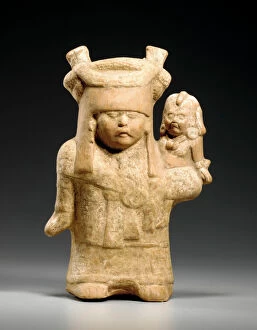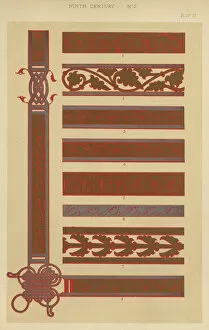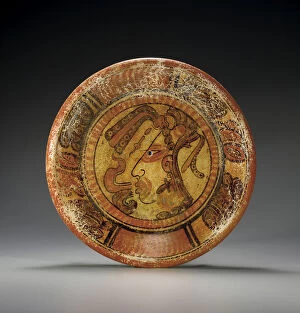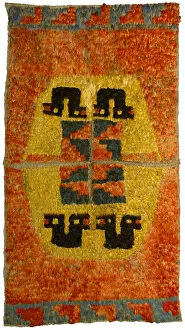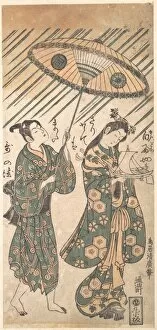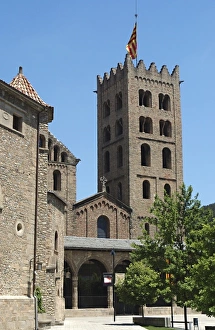Ninth Century Collection
In the ninth century, in the Samtskhe-Javakheti region of Georgia, stands the magnificent Rabati Castle
All Professionally Made to Order for Quick Shipping
In the ninth century, in the Samtskhe-Javakheti region of Georgia, stands the magnificent Rabati Castle. This fortress, located in Akhaltsikhe, is a testament to the rich history and architectural prowess of this era. Meanwhile, across the Atlantic Ocean, Mayan civilization thrived with their intricate artwork. A polychrome vessel depicts a crosslegged lord seated on a dais covered with vibrant colors. Another carved plate showcases a bold T cut-out design that symbolizes their cultural significance. The Mesoamerican world was also home to monumental sculptures like the Veracruz priest from 550-950 AD. This imposing figure represents religious devotion and power within their society. Religious texts were highly revered during this time as well. Pages from a Qur'an Folio dating back to the ninth century showcase exquisite calligraphy and gold paint accents, highlighting its sacred nature. Mayan artistry continued to flourish with painted cylinder vessels depicting deities such as Hun Nal Ye - the maize god who represented fertility and abundance. Intricate details can be seen in shell roundels where scribes are depicted diligently writing with pen in hand. Further south along South America's coast lies an Huari gold plume ornament from around 700-1000 AD. Its golden brilliance reflects advanced metallurgical skills prevalent during this period. Europe witnessed significant historical events too; one being the Treaty between Charles the Bald and his brother Louis the German engraved in Strasbourg in 842 AD. This document marked an important agreement between two powerful rulers of Carolingian Empire. Moving towards Central America, we find rare International style gold figures like that of a Shaman believed to be from Panama or Costa Rica around this time period. These artifacts shed light on ancient spiritual practices and beliefs of indigenous peoples. Artistic expressions also took form through mosaics like Virgin and Child enthroned which showcased divine beauty through intricate tile work.


